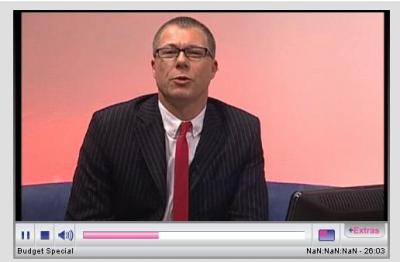Broadband Traffic Driven By Video, Says Cisco

Cisco has found that video and other visual applications now constitute 30 percent of traffic running through service provider networks
Broadband is being increasingly driven by video and other visual applications according to a survey from Cisco Systems.
In a survey of more than 20 top service providers, Cisco found that video and other visual applications now constitute 30 percent of the traffic running through service provider networks, reinforcing Cisco’s assertion that such visual apps will dominate networks by 2013.
Cisco’s VNI (Visual Networking Index) Usage study found that more than a third of the average global broadband connection supports video, social networking and collaboration applications every month.
In addition, it also found the top 1 percent of broadband subscribers worldwide generate 10 percent of the traffic.
In June, Cisco said Internet traffic worldwide would grow to five times its current size between 2008 and 2013, due in large part to the rise in video traffic. The company estimated that by 2013, 90 percent of all consumer IP traffic would be video.
The findings represent a snapshot of what’s going on now – at least, in the third quarter of 2009 – while the full VNI study looks ahead five years.
Among the findings were that worldwide, the average broadband connection, mostly residential subscribers, though some business users were mixed in, generates about 11.4GB of Internet traffic per month, which roughly translates to downloading 3,000 text emails, 100 MP3 music files or 360 text-only e-books per day.
Every month, the average broadband connection consumes about 4.3GB via visual networking applications per month, everything from video to social networking to collaboration.
In a video talking about the findings, Doug Webster, senior director of market management at Cisco’s Service Provider Group, said the traffic generated by such applications is rising, while traffic generated by peer-to-peer applications is dropping.
“Its percentage [now at 38 percent] is going down because so many of the other services, such as visual networking services that are video-based [and] communications-based, are really growing at a much faster rate,” Webster said.
Other results from the survey include that the top 1 percent of global subscribers are generating more than 20 percent of all the traffic, and the top 10 percent of global subscribers generate more than 60 percent of the traffic.
In addition, the prime time for Internet use is from 9pm to 1am, and 25 percent (about 93.3MB per day per connection), is generated during this time. A peak Internet hour has 20 percent more traffic than a non-peak Internet hour, according to Cisco.